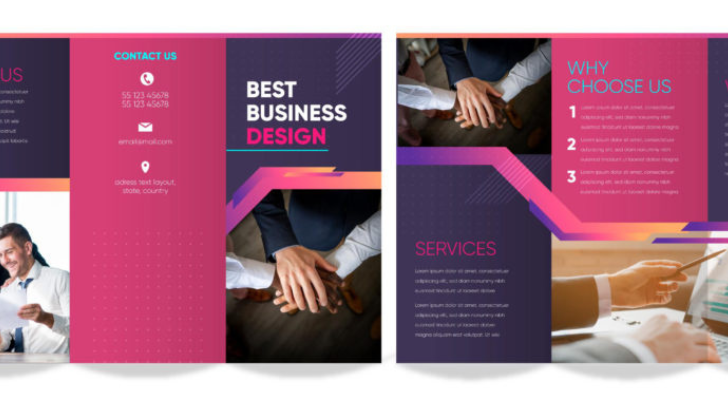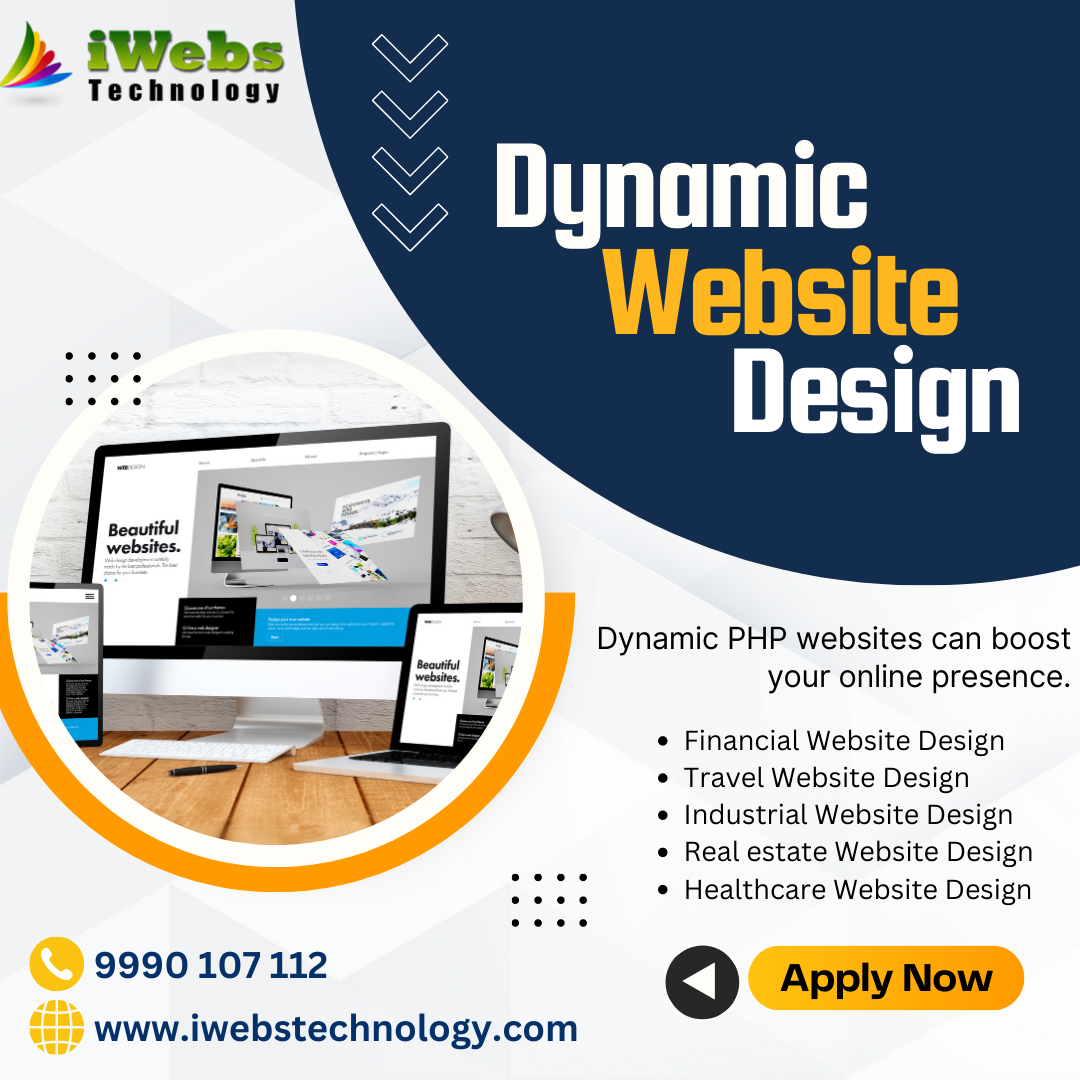Brochure Designing

Brochures serve as powerful marketing tools, providing a tangible and visually appealing way to convey information about products, services, or events. The design of a brochure plays a crucial role in capturing attention, communicating the brand message, and enticing the audience to take action. Let's explore key principles and tips for creating an effective and visually stunning brochure.
1. Define Your Purpose and Audience: Before diving into design, clearly define the purpose of your brochure and identify your target audience. Understanding these aspects will guide the overall design and content strategy.
2. Plan the Content Structure: Organize the content hierarchy to ensure a logical flow. Divide the brochure into sections, considering headlines, subheadings, images, and supporting text. Use bullet points, infographics, and call-out boxes for easy readability.
3. Choose a Design Style: Select a design style that aligns with your brand and resonates with your audience. Whether it's modern and sleek, classic and elegant, or vibrant and playful, consistency in design contributes to a cohesive brand identity.
4. Eye-Catching Cover Design: The cover is the first impression, so make it count. Incorporate a captivating image, bold headlines, and a concise tagline that encapsulates the essence of the content inside.
5. Use High-Quality Imagery: Invest in high-resolution images that enhance the visual appeal of your brochure. Ensure that visuals are relevant to the content and contribute to telling a compelling story.
6. Typography Matters: Choose fonts that are easy to read and align with your brand. Maintain a balance between headline fonts and body text fonts. Experiment with font sizes, styles, and colors to create visual interest.
7. Color Palette Harmony: Select a cohesive color palette that complements your brand and creates a harmonious visual experience. Consistency in color usage helps in guiding the reader through the content.
8. Strategic Use of White Space: Allow for ample white space to prevent overcrowding. White space enhances readability and directs the focus toward key elements. It also gives the design a clean and sophisticated look.
9. Incorporate Branding Elements: Integrate your logo, brand colors, and any other key branding elements consistently throughout the brochure. This reinforces brand recognition and strengthens your overall brand identity.
10. Call to Action (CTA): Clearly define the next steps you want your audience to take. Whether it's visiting a website, making a purchase, or contacting your business, a well-placed and compelling CTA encourages engagement.
11. Testimonials and Social Proof: If applicable, feature testimonials or customer quotes to build credibility. Social proof enhances the trustworthiness of your brand and can influence the decision-making process.
12. Print-Friendly Design: If your brochure will be printed, ensure the design is print-friendly. Use high-resolution images, choose the appropriate color profiles, and set the document dimensions with proper bleed and margin settings.
🚀 Master Top Web & App Frameworks
Explore structured tutorials for AngularJS, React, Laravel, Flutter, PHP, SQL, and more.
📘 Introduction to AngularJS
Introduction to AngularJS overview
📘 Introduction to Laravel
Learn Introduction to Laravel in Laravel with real-world examples and step-by-step guide.
📘 Introduction to CodeIgniter
An introduction to Introduction to CodeIgniter in CodeIgniter with examples.
📘 Introduction to React
Quick overview and guide to Introduction to React in React JS.
📘 Introduction to Flutter
An easy-to-follow tutorial on Introduction to Flutter in Flutter mobile app development.
📘 Introduction to Kotlin
Learn Introduction to Kotlin in Kotlin programming with examples for Android or backend apps.
📘 Introduction to PHP
Understand Introduction to PHP in PHP with practical examples and clear syntax.
📘 Introduction to SQL
Understand Introduction to SQL in SQL for effective database querying and management.
📘 Introduction to Bootstrap 5
Understand Introduction to Bootstrap 5 in Bootstrap 5 for responsive web design using pre-built components.
📘 Introduction to HTML
Understand Introduction to HTML in HTML to create structured, semantic, and accessible web content.
📘 Introduction to CSS
Explore Introduction to CSS in CSS to enhance web design using styling properties and layout techniques.
📘 Introduction to JavaScript
Understand Introduction to JavaScript in JavaScript to build dynamic and interactive web experiences.
📘 Introduction to Node.js
Explore Introduction to Node.js in NodeJS for backend development using JavaScript and non-blocking architecture.
📘 Introduction to AJAX
Understand Introduction to AJAX in AJAX to update web pages without full reloads using asynchronous JavaScript and XML.
📘 Introduction to jQuery
Learn Introduction to jQuery in jQuery to write less and do more with simplified JavaScript operations and cross-brow...
📰 Latest Blog Posts
Insights, tutorials, and tech stories from our experts.
Transform Your Passion into a Web Development Career
Do you love tech? Let’s turn it into a profession with full stack development.
Not Just Coding – Career-Focused Full Stack Training
We don’t just teach code—we teach how to get jobs with it.
Learn, Code, Build, Get Hired – Full Stack Program
A step-by-step path to go from beginner to hired developer.
BCA/MCA/B.Tech? Start Building Real Websites Now!
Already pursuing IT education? Now build real websites with us!
Offline Full Stack Training in Dwarka & Uttam Nagar – Limited Seats!
Join our offline batch in Dwarka or Uttam Nagar and learn full stack development practically.
Struggling in Interviews? Build Skills That Get You Hired!
Facing rejections in job interviews? Build the right skills and project experience.


